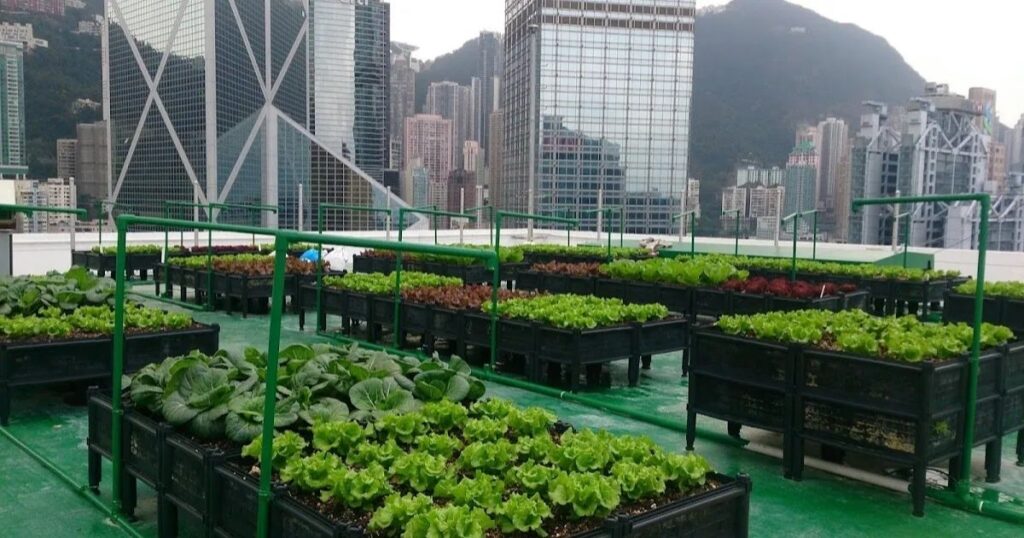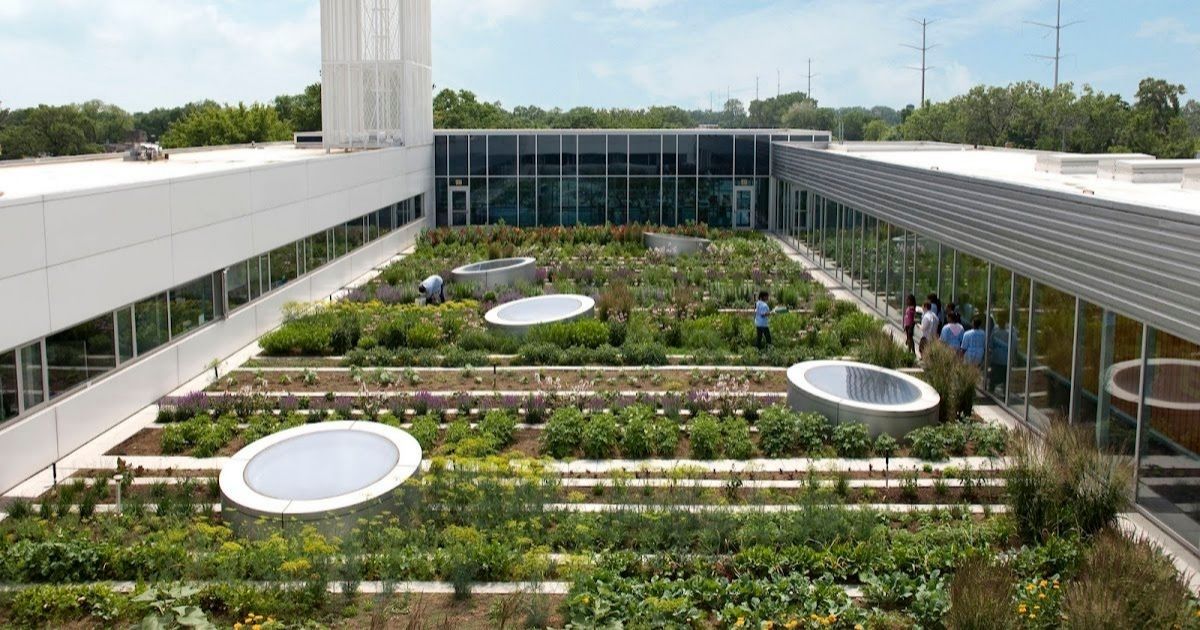Chicago, the vibrant city known for its stunning architecture, diverse culture, and unpredictable weather, presents unique challenges and opportunities for gardeners. Understanding the gardening zone of Chicago is crucial for successful plant cultivation in this bustling urban environment. This comprehensive guide will explore Chicago’s planting zone, recommended plants, and essential considerations for creating a thriving garden in the Windy City.
Planting Zone Chicago
Chicago is primarily situated in USDA Hardiness Zone 5b, with some areas bordering on Zone 6a. The USDA Plant Hardiness Zone Map divides North America into 13 zones based on average annual minimum winter temperatures. Zone 5b experiences average annual extreme minimum temperatures between -15°F to -10°F (-26.1°C to -23.3°C).
This classification helps gardeners and farmers determine which plants are most likely to thrive in a particular location. It’s important to note that microclimates within the city can create slight variations in growing conditions, so local knowledge and experimentation are valuable assets for Chicago gardeners.
Heatstroke And Its Impact On Chicago Planting Zone
While Chicago’s planting zone is primarily determined by cold hardiness, it’s essential to consider the impact of heat and urban heat islands on gardening in the city. Heatstroke, both in plants and humans, can be a concern during Chicago’s hot summers.
The urban heat island effect, where cities are significantly warmer than surrounding rural areas, can influence plant growth and survival. This phenomenon can potentially push some areas of Chicago into a warmer zone, affecting plant choices and care requirements. Gardeners should be aware of this effect and consider heat-tolerant varieties when planning their urban gardens in Chicago.
Recommended Plants For Planting Zone In Chicago
Choosing the right plants for Chicago’s climate is crucial for a successful garden. Here are some recommended plants that thrive in Zone 5b:
- Perennials: Black-Eyed Susan, Coneflower, Daylily, Hosta, Sedum
- Shrubs: Hydrangea, Lilac, Ninebark, Viburnum
- Trees: Maple, Oak, Crabapple, Serviceberry
- Vegetables: Tomatoes, Peppers, Cucumbers, Lettuce, Kale
- Herbs: Basil, Thyme, Oregano, Chives, Mint
These plants are well-suited to Chicago’s climate and can form the backbone of a beautiful and productive garden. For those interested in organic gardening in Chicago, many of these plants can be grown without synthetic pesticides or fertilizers.
Also read this post: Mendel Study Pea Plants
Things To Consider Before Planting Garden In Chicago

Before starting your Chicago garden, consider the following factors:
- Soil quality: Chicago’s soil can vary widely. Conduct a soil test and amend as necessary.
- Sunlight: Assess the amount of sunlight your garden receives throughout the day.
- Water drainage: Ensure proper drainage to prevent waterlogging.
- Wind exposure: Chicago isn’t called the Windy City for nothing. Plan for wind protection if necessary.
- Space limitations: Consider vertical gardening or container gardening for small urban spaces.
- Local regulations: Check for any city ordinances regarding gardening, especially for front yards or shared spaces.
Choose a Plant As Per The Requirements Of Your Planting Zone
When selecting plants for your Chicago garden, always check the plant’s hardiness zone requirements. Opt for plants rated for Zone 5b or lower to ensure they can withstand Chicago’s winter temperatures. Additionally, consider the following:
- Sun requirements: Full sun, partial shade, or full shade
- Water needs: Drought-tolerant or moisture-loving
- Soil preferences: pH levels, texture, and nutrient requirements
- Mature size: Ensure the plant has enough space to grow
- Disease resistance: Choose disease resistant varieties to reduce maintenance
What does the zone change mean for the Chicago Botanic Garden?
The Chicago Botanic Garden, a world-renowned living museum and conservation science center, has had to adapt its plantings and research to account for the gradual warming of the region. The shift from Zone 5b to 6a in some areas has allowed for experimentation with plants previously considered too tender for the Chicago climate. This change presents both opportunities and challenges for the garden’s diverse collections and research programs.
What is my USDA Plant Hardiness Zone?
To determine your specific USDA Plant Hardiness Zone within Chicago, you can use the USDA’s interactive map or consult with local nurseries. Remember that microclimate can create variations within the city, so observing your immediate environment is crucial. Factors like proximity to Lake Michigan, urban heat islands, and local topography can all influence your specific growing conditions.
Planting Zone Chicago Hardy Fig Trees
One exciting option for Chicago gardeners is the Chicago Hardy Fig Tree, a variety specifically developed to withstand colder climates.
About Chicago Hardy Fig Trees
The Chicago Hardy Fig (Ficus carica ‘Chicago Hardy’) is a cold-hardy variety that can survive temperatures as low as -10°F (-23.3°C) when properly protected. This makes it an excellent choice for Chicago’s Zone 5b climate.
Using the Fruit and Leaves
Chicago Hardy Figs produce sweet, purple-brown fruits that can be eaten fresh, dried, or used in cooking. The large, lobed leaves are also edible and can be used as wraps for grilling or in salads.
Growing Chicago Hardy Fig Trees
These fig trees can be grown in-ground or in containers. They prefer full sun and well-draining soil. In Chicago’s climate, it’s essential to provide winter protection, which may include wrapping the tree or moving container-grown trees to a sheltered location.
Overwintering Fig Trees in Cooler Climates

For Chicago gardeners growing fig trees, proper overwintering techniques are crucial:
- Wrap the tree in burlap and stuff with leaves for insulation
- Apply a thick layer of mulch around the base
- For container-grown trees, move to an unheated garage or basement
- Reduce watering during dormancy
- Unwrap and gradually reintroduce to outdoor conditions in spring
Which Plants Can I Grow In Chicago?
Chicago’s climate supports a wide variety of plants, including:
- Vegetables: Tomatoes, peppers, cucumbers, squash, beans
- Fruits: Apples, pears, cherries, raspberries, strawberries
- Herbs: Basil, rosemary, thyme, mint, cilantro
- Flowers: Tulips, daffodils, coneflowers, black-eyed Susans, daylilies
Which Plants Grow Well in Chicago?
Plants that thrive in Chicago’s climate include
- Native prairie plants: Coneflowers, Blazing Star, Prairie Dropseed
- Shade-loving plants: Hostas, Ferns, Astilbe
- Cold-hardy vegetables: Kale, Brussels Sprouts, Carrots
- Drought-tolerant plants: Sedum, Yarrow, Russian Sage
Best Landscaping Plants in Chicago
For landscaping in Chicago, consider:
- Trees: Maple, Oak, Birch, Serviceberry
- Shrubs: Hydrangea, Viburnum, Ninebark, Dogwood
- Groundcovers: Creeping Phlox, Vinca, Pachysandra
- Ornamental Grasses: Feather Reed Grass, Blue Fescue, Switchgrass
Which Plants are Native to Chicago?
Native plants are well-adapted to Chicago’s climate and support local ecosystems. Some native options include:
- Flowers: Prairie Coneflower, Wild Bergamot, Butterfly Weed
- Grasses: Big Bluestem, Little Bluestem, Prairie Dropseed
- Trees: Bur Oak, White Oak, Sugar Maple
- Shrubs: American Hazelnut, Elderberry, Chokeberry
Other Plants that Grow Best in Chicago
In addition to native plants, many non-native species thrive in Chicago’s climate:
- Peonies: These stunning flowers bloom beautifully in Chicago’s climate
- Lilacs: Fragrant and hardy, lilacs are a Chicago garden favorite
- Tomatoes: With proper care, tomatoes can produce abundant harvests
- Lavender: While requiring some winter protection, lavender can thrive in Chicago
Plan your Garden Layout
When planning your Chicago garden layout, consider:
- Sun exposure: Place sun-loving plants in the sunniest spots
- Soil conditions: Group plants with similar soil needs together
- Water Access: Ensure easy watering for all areas of your garden
- Companion planting: Utilize plant combinations that benefit each other
- Aesthetics: Plan for year-round interest with a mix of perennials and annuals
Decide What Vegetables to Grow
For a successful vegetable garden in Chicago, consider:
- Cool-season crops: Lettuce, spinach, peas, radishes
- Warm-season crops: Tomatoes, peppers, eggplants, cucumbers
- Root vegetables: Carrots, beets, potatoes
- Brassicas: Broccoli, cauliflower, cabbage
- Herbs: Basil, cilantro, parsley, dill
When selecting vegetable varieties in Chicago, consider both heirloom varieties Chicago for unique flavors and disease resistant varieties for easier maintenance.
When to Start Planting in Chicago

The planting season in Chicago typically begins in early spring and extends through fall:
- Early spring (March-April): Plant cool-season crops and hardy annuals
- Late spring (May): Plant warm-season crops after the last frost date
- Summer (June-August): Continue succession planting of short-season crops
- Fall (September-October): Plant cool-season crops for fall harvest and overwinter
For an Illinois vegetable garden, it’s crucial to pay attention to frost dates and adjust planting times accordingly.
In conclusion, gardening in Chicago offers a unique set of challenges and rewards. By understanding the city’s planting zone, choosing appropriate plants, and following best practices for urban gardening, you can create a thriving garden oasis in the heart of the Windy City.
Whether you’re interested in ornamental plants, vegetable gardening, or native species, Chicago’s climate supports a diverse range of gardening possibilities. Remember to experiment, observe, and adapt your gardening practices to the specific microclimate of your location. With patience and care, you can cultivate a beautiful and productive garden that flourishes in Chicago’s distinctive environment.
FAQs:
What zone is Chicago for planting?
Chicago is primarily located in USDA Hardiness Zone 5b. Some areas of the city, particularly those affected by urban heat islands or microclimates, may border on Zone 6a.
What is the Chicago climate zone?
Chicago’s climate zone is classified as humid continental (Köppen climate classification Dfa). This climate is characterized by hot summers, cold winters, and relatively even precipitation throughout the year.
What is the zone for Chicago?
The planting zone for Chicago is USDA Hardiness Zone 5b. This zone experiences average annual extreme minimum temperatures between -15°F to -10°F (-26.1°C to -23.3°C).
What is my growing zone in Illinois?
Illinois spans several USDA Hardiness Zones, ranging from Zone 5a in the northern parts to Zone 7a in the southernmost tip of the state. To determine your specific growing zone in Illinois, it’s best to consult the USDA’s interactive Plant Hardiness Zone Map or check with your local extension office for the most accurate information.











